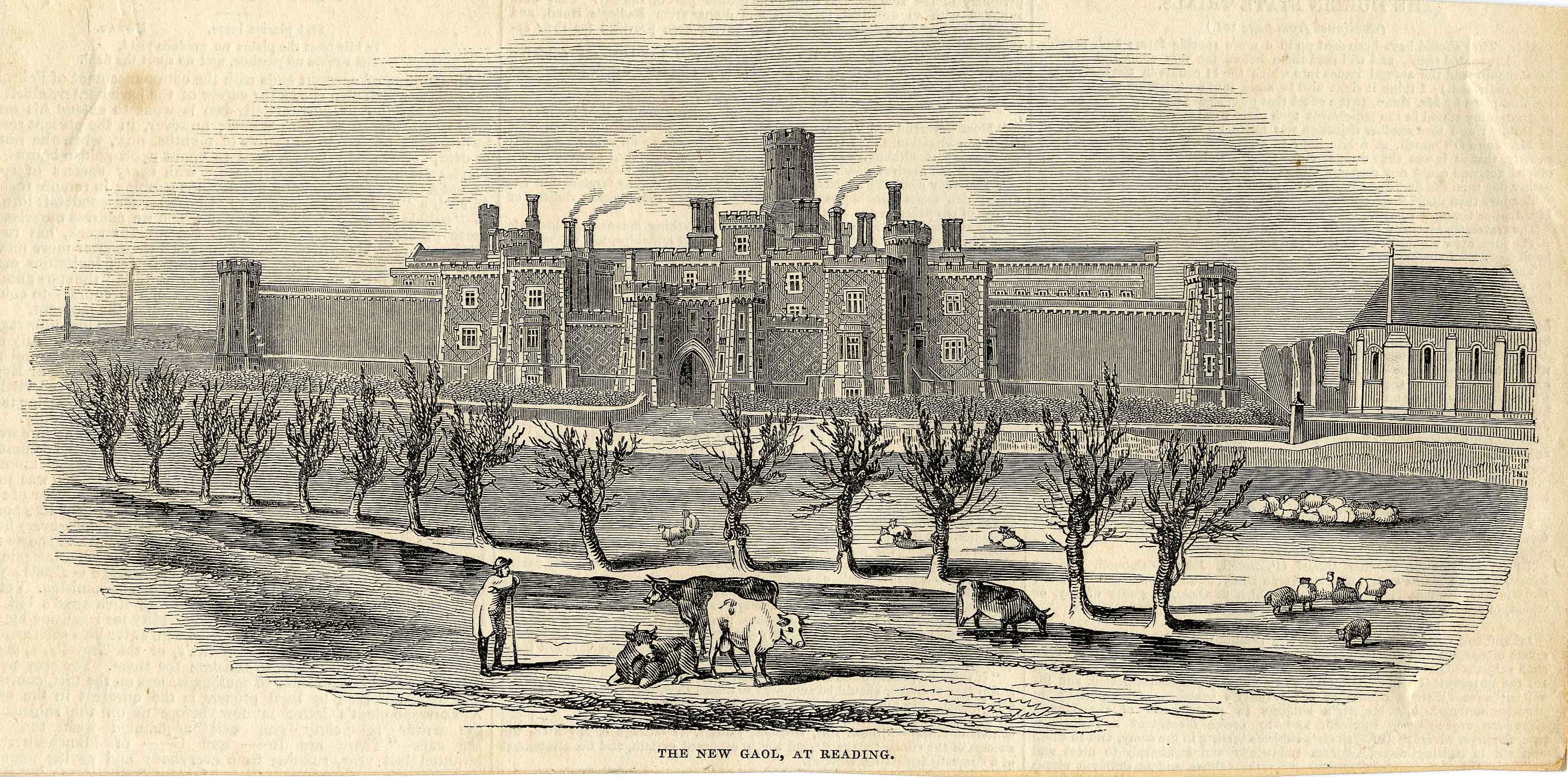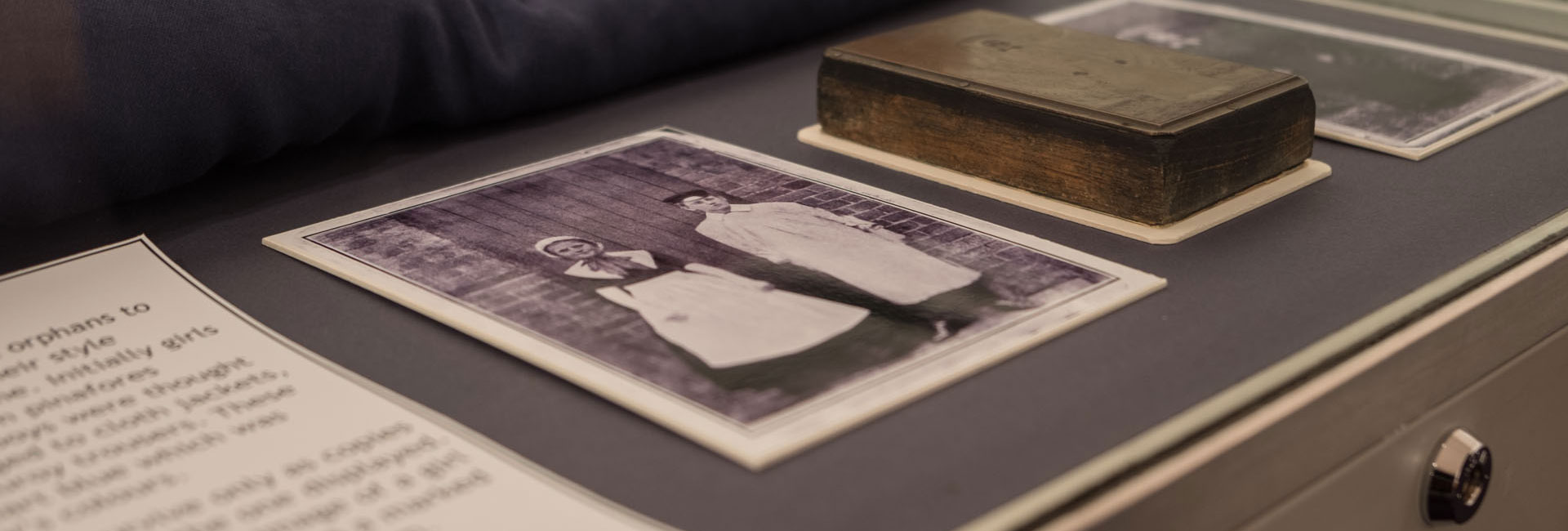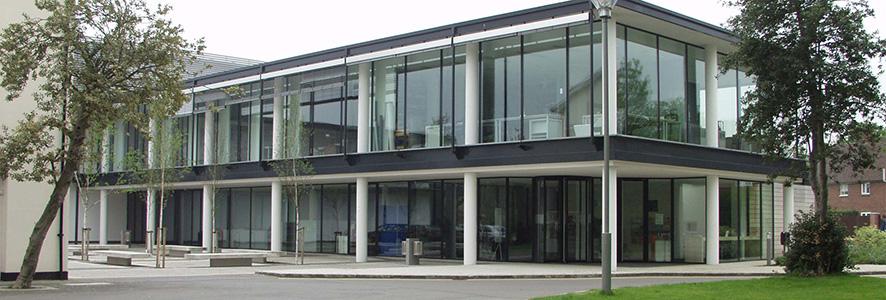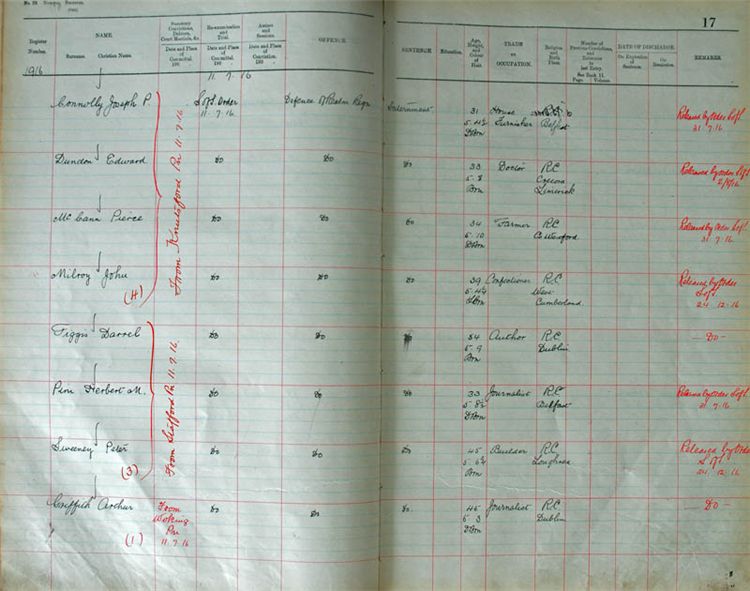
During World War 1, Reading Prison acted as a place of internment for individuals who were considered to be a security risk. Amongst these were a number of Irishmen who were involved in the Easter Rising of 1916. Please click on the links to find out more about them, the events of the Rising, and the Prison
Related Links:
The Easter Rising was a rebellion that took place between 24th and 30th April 1916; the main events occurred in Dublin.
The Protagonists
There were 1,200 rebels involved in the rising. Most belonged to the nationalist Irish Volunteers, the socialist Irish Citizen Army, or the all-female Cumman na mBan. The Irish Volunteers was established in 1913 in response to the obstruction of Home Rule by the Ulster Volunteers. The Citizen Army was originally formed to protect strikers from the police during the 1913 Dublin Lockout. Cumman na mBan, initially an auxiliary of the Irish Volunteers, was founded in 1914.
The Rising was planned surreptitiously by seven individuals: Tom Clarke, Sean McDermott, Patrick Pearse, Thomas MacDonagh, Joseph Plunkett, James Connolly, and Eamon Ceannt. They arranged for arms to be delivered to Dublin from Germany on Good Friday 1916, but their plan was foiled when the shipment was discovered by British officials. The plans for the Rising were revealed to the Irish Volunteers’s Chief-of-Staff, who tried to call off the rebellion. Despite the attempt to stop it, the rising went ahead, commencing one day later than planned
The Main Events
The rebels declared an Irish Republic with Patrick Pearse as President and James Connolly as Commander-in-Chief. They occupied positions around Dublin, including the General Post Office (GPO), the Four Courts, the South Dublin Union, Boland’s Mill, Stephen’s Green and Jacobs’ Biscuit Factory. Although the GPO became the Rising headquarters, some of the most brutal riots took place elsewhere, at Mount Street Bridge, South Dublin Union and North King Street. There were also revolts in county Galway, Enniscorthy in Wexford and Ashbourne in county Meath.
The British retaliated, deploying a 16,000-strong force to suppress the rising. Over the course of week-long rebellion, around 450 people were killed and more than 2,000 wounded. On Friday 28th April Patrick Pearse ordered the GPO-based rebels to surrender. Fighting continued elsewhere for the next couple of days.
The Aftermath
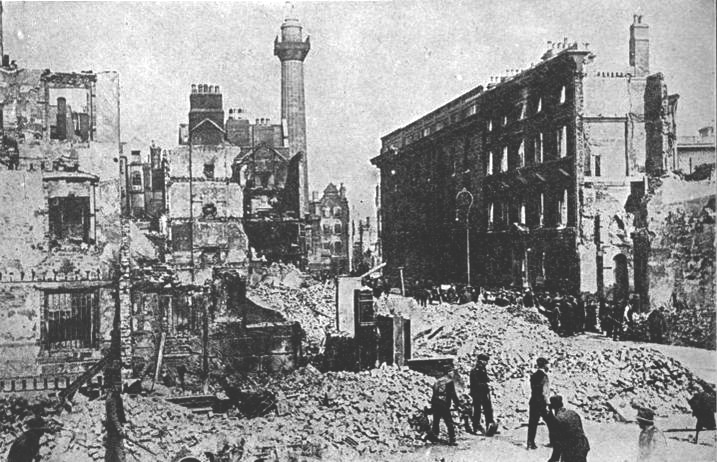
Over 3,000 rebel fighters were arrested and over 1,400 imprisoned in jails across Ireland, Wales, and England.
There was little support for the rebels amongst the general Dublin public, and the Irish Parliamentary Party condemned the Rising. However, due to the continued suspension of Home Rule talks and the increasing numbers Irish fatalities in First World War, the Rising helped to foster radicalism, especially within the Sinn Féin party. Although Sinn Féin did not participate in the Rising, the party was adopted as a vehicle by the Easter rebels. Sinn Féin went on to win the general election in 1918. They declared an Irish Republic and prompted the Irish War of Independence.
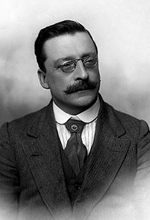
Arthur Griffith (1872-1922)
Arthur Griffith was a high profile figure in Irish politics. He founded and later led Sinn Féin and was President of the Irish Free State from January to August 1922. He was also head of the Irish delegation that produced the Anglo-Irish Treaty in 1921. One of the British delegates at the Treaty signing stated: ‘A braver man than Arthur Griffith, I never met’.
Griffith’s passion for politics developed out of his interest in Irish culture and his journalistic work. He started out as a printer and later founded and edited the weekly nationalist paper Sinn Féin until it was suppressed in 1914.
Griffith joined the Irish Volunteer Force in 1913 and was involved in gun-running. Although Sinn Féin played no formal role in the 1916 Easter Rising, the Irish authorities and public presumed that they were involved, so Griffith was arrested. He was transferred from Woking to Reading Prison on 11th July 1916 and, like many other internees, was released on Christmas Eve 1916.
Given his high profile, journalists reporting on the Irish internees often name-checked Griffith. For example, in an article on the release of Irish prisoners, the Meath Chronicle reported that: ‘Amongst those who arrived in Dublin were Mr. P. T. Daly, T. C., ex-Alderman Cole, and Mr. Arthur Griffith. There were no popular demonstrations on the arrival of the train, the released men leaving the station quietly in taxicabs and other vehicles for their homes. A number of men who had been detained in Reading were amongst the arrivals yesterday morning’.
Weakened by the stresses and strains of the Irish War of Independence, his high profile role, and an acute attack of tonsillitis, Griffith died of a cerebral haemorrhage on 12th August 1922.
Joseph MacBride (1861-1938)
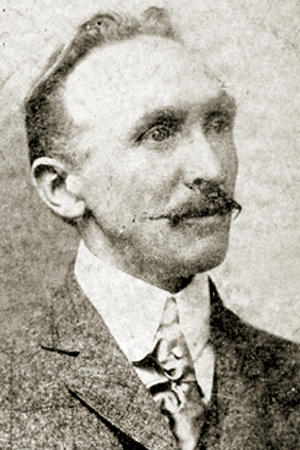
Although Joseph MacBride was involved in politics, he was not a high profile figure. He was a member of the Irish Volunteers and, later, a Sinn Féin MP for Mayo. At 55, he was the second-oldest Reading internee – Henry Discon, a law clerk, was 58. He was transferred to Reading from Wakefield Prison on 11th July 1916 and interned under the Defence of the Realm Act. Like Griffith and many others, he was released on 24th December 1916.
While MacBride worked as a harbour official, his brother, John MacBride, was a successful army Major who fought in the Boer War. In the Rising, Major John MacBride was second-in-command at the occupied Jacob’s Biscuit Factory. After a court martial under the Defence of the Realms Act, he was shot dead by British troops.
Within Ireland, there was great anger at MacBride’s internment. It was suggested that MacBride had been imprisoned merely due to his membership of the Irish Volunteers and the fact that his brother played a major role in the Rising. It was also alleged that he was ill-treated in Wakefield Prison, being confined to his cell for so long that ‘his health is being seriously undermined’. The same complaint was not made about his time in Reading.
MacBride lost his seat at the June 1927 general election and retired from politics. He died in 1938.
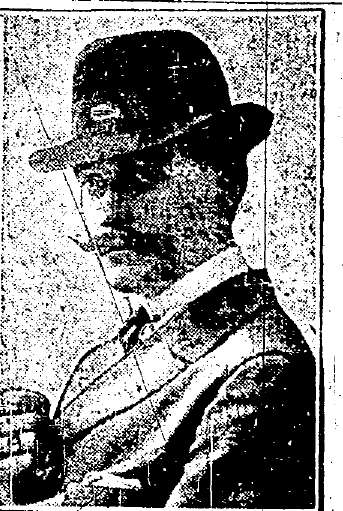
Darrell Figgis (1882-1925)
Like many of his contemporaries, Figgis joined the Gaelic Revival: he learnt Irish, absorbed himself in Irish culture, and began a series of four novels to be published under the pseudonym ‘Michael Ireland’.
In 1913 Figgis joined the Irish Volunteers, and in August 1914, he was involved in the ‘Kilcoole Gun-Running’ episode, in which ammunition from Germany was successfully shipped to Ireland. He was arrested on 11th May 1916 and transferred to Reading on 10th July 1916.
Figgis writes about his time in prison in A Chronicle of Jails (1917). Figgis lobbied the Reading governor for various improvements to internees' conditions: changing lights out time from 8 to 10 pm, increased visiting and letters allowances, and improved wages for cleaning work so that they could buy better meals from the prison canteen. Despite these improvements, Figgis writes: ‘we all felt the deathly system of prison life like an oppression on us, blotting out all intellectual life and making a blank of mind and soul’.
Along with the majority of Reading’s Irish internees, Figgis was released on Christmas Eve 1916. From 1917 to 1921, Figgis had a successful political career, though this ended when he fell out with senior members of Sinn Fein. In 1924, Figgis's wife Millie committed suicide, and the following year his new love died as the result of a botched abortion. One week after giving evidence at her inquest, Figgis gassed himself in his London bedsit.
Terence MacSwiney (1879-1920)
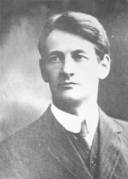
MacSwiney as a founder of the Celtic Literary Society and contributed many poems and pieces of criticism to its journal. Like Figgis, MacSwiney became increasingly interested in the Irish language and culture and also contributed to the weekly republican paper Fianna Fáil (‘Soldiers of Destiny’) before its suppression in December 1914.
Also like Figgis, MacSwiney was a founding member of the Irish Volunteers. In April 1916, he was supposed to be second in command of the Easter Rising in Cork and Kerry, but by the time news of the Rising reached Cork British forces had already begun to suppress the rebels. He was also arrested under the terms of the Defence of the Realm Act, and arrived at Reading from the Frongoch Internment Camp on 11th July 1916, where he stayed until Christmas Eve.
Between February 1917 and March 1918, MacSwiney was arrested and detained three times. On his release, in December 1918, MacSwiney was elected as a Sinn Féin candidate for Mid-Cork and became a founding member of the Irish parliament, the Dáil Éireann. In March 1920, he became lord mayor of Cork. However, MacSwiney’s term in office was cut short when he was arrested yet again on 12th August 1920. He was charged with sedition and possessing a police cipher code. He began a hunger strike, stating ‘I have taken no food since Thursday’; ‘I shall be free, alive or dead, within a month’.
He was one month out: MacSwiney died on 25 October 1920.
The New Gaol at Reading
In 1844, Reading Prison was built on the site of the old county gaol, beside the River Kennet. The castle-like cruciform building, designed by George Gilbert Scott, was based on Pentonville Prison, London. These innovative penitentiaries were designed to keep inmates apart, a method of prison discipline known as ‘the separate system’.
The new Reading Prison had 250 individual cells; four men’s wings; one virtually self-contained women’s wing; a flat roof for performing executions; luxury housing for the prison chaplain and governor; and a turret each for the matron, deputy-governor and two other prison officers. The new goal’s first prisoner was Abraham Boswell who was sentenced to six months with hard labour for sexually assaulting a toddler. The first prisoner to be executed was Thomas Jennings. He was accused of poisoning his son but protested his innocence right up until he was put to death.
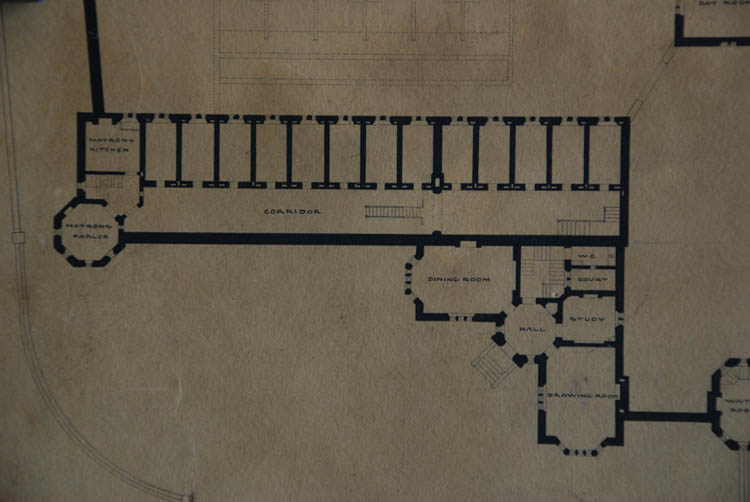
The Irish author, Oscar Wilde, was probably the gaol’s most famous resident. On 20 November 1895, Wilde was transferred to Reading from Wandsworth Prison; he had been sentenced to two years with hard labour after being found guilty of gross indecency. In his poem, The Ballad of Reading Gaol (1898), Wilde describes his cell as a ‘foul and dark latrine’. In the same year as Wilde’s poem was published, a newPrison Act was passed, calling for more humane living conditions and the abolition of hard labour.
A Place of Internment
During the First World War, prison populations dwindled due to wartime employment opportunities and the army’s recruitment drive. Instead of holding traditional criminals, prisons accommodated foreign nationals who were suspected of spying and/ or having anti-British sympathies. Reading Prison was re-designated as a place of internment. Internment was the act of detention without trial. Over the course of the war, Reading played host to various ‘aliens’. The majority were inmates of German origin but Latin Americans, Belgians, and Hungarians were also interned.
In July 1916, the ‘aliens’ were joined by the ‘Irish’ – a group of 37 men who had been involved (either directly or indirectly) in the Easter Rising. The gaol’s Nominal Register tells us that the majority of the men were transferred from Frongoch Internment Camp, but others came from Wakefield Prison, Knutsford Prison, Stafford Prison, and Woking Prison. They were interned without trial under the terms of 1914 Defence of the Realm Act and housed in the ‘E’ Wing which, until 1915, had been a women’s wing.
Reading Prison Today
The wing used by the Irish internees was demolished in 1969. In 1992, Reading prison was re-designated as an H.M. Remand Centre for Young Offenders, taking inmates aged 18 to 21. It closed in November 2013.
